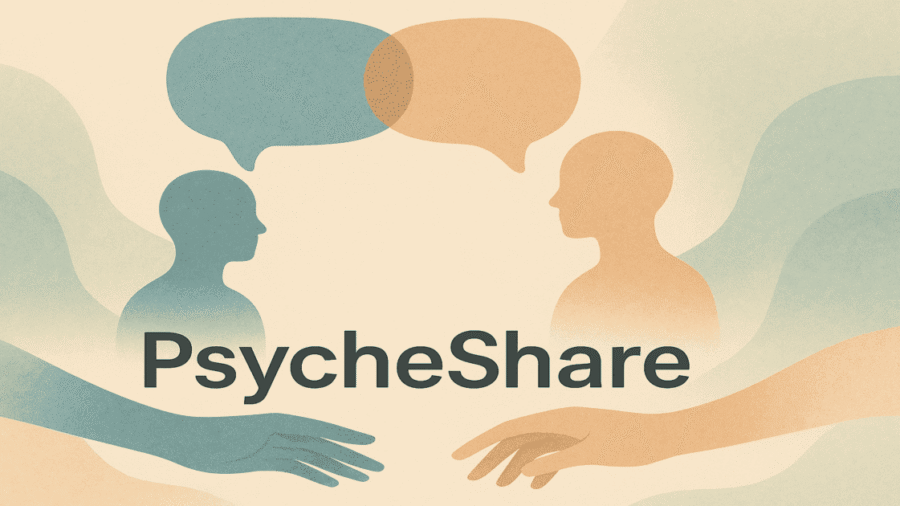When people think of therapy, they often imagine a professional telling them what to do. But what if the most powerful change happens not through advice, but through genuine understanding, deep listening, and acceptance?
That is exactly what Person-Centered Therapy offers, a human approach to healing that focuses on the individual, not just their problems. This method, rooted in empathy and unconditional positive regard, empowers people to find their own path toward growth and healing.
What is Person-Centered Therapy?
Person-Centered Therapy (PCT), also known as Client-Centered Therapy, is a form of talk therapy developed by psychologist Carl Rogers in the 1940s. It is based on the belief that every person has the capacity for self-understanding, personal growth, and healing if provided with the right environment.
Unlike other therapies that focus on diagnosing and analyzing symptoms, Person-Centered Therapy is non-directive. The therapist does not give advice or interpret what the client says. Instead, they provide a safe, supportive space for the client to explore their thoughts, feelings, and experiences freely.
According to the American Psychological Association, this approach assumes that individuals are capable of solving their own problems and making positive changes, especially when they are treated with respect, empathy, and authenticity.
The Core Principles of Person-Centered Therapy
Carl Rogers believed that three essential conditions must be present in therapy for personal growth to occur:
1. Unconditional Positive Regard
The therapist accepts the client without judgment, regardless of what the client says or feels. This acceptance creates a sense of safety, allowing the client to be honest and open.
2. Empathy
The therapist deeply understands the client’s experiences and feelings from the client’s perspective. This is not just about hearing the words, it is about truly feeling with the client.
3. Congruence (Genuineness)
The therapist is real and transparent. They do not hide behind a professional mask, but instead relate to the client as a fellow human being.
These principles foster a powerful therapeutic relationship. According to a research review published in Psychotherapy, the quality of the therapeutic relationship, especially empathy and congruence, is one of the strongest predictors of positive outcomes in therapy.
How Does Person-Centered Therapy Help?
This approach works by creating a supportive environment where the individual can:
- Explore feelings without fear of judgment
- Develop greater self-awareness
- Access inner resources for healing and growth
- Discover solutions that feel right for them
- Build self-esteem and self-trust
Person-Centered Therapy is especially effective for people who feel disconnected from themselves or who have experienced invalidation, criticism, or emotional neglect. It helps restore a sense of worth and autonomy.
The National Institute for Health and Care Excellence (NICE) includes client-centered counselling as a recommended intervention for mild to moderate depression, especially in individuals who may not respond well to structured, directive treatments.
Who Can Benefit from Person-Centered Therapy?
This therapy is suitable for a wide range of emotional and psychological issues, including:
- Depression
- Anxiety
- Grief and loss
- Low self-esteem
- Relationship difficulties
- Identity and self-worth challenges
- Trauma and emotional distress
Because Person-Centered Therapy is non-directive and respectful, it is also well-suited for adolescents, individuals from diverse cultural backgrounds, and people seeking a more holistic or humanistic approach to mental health care.
A Gentle Yet Powerful Approach
Some people wonder whether this approach is too “soft” or passive. But research shows that non-directive therapy can lead to deep and lasting transformation. A meta-analysis published in Person-Centered & Experiential Psychotherapies found that person-centered approaches were just as effective as more structured therapies, especially in creating long-term change.
When people feel seen, heard, and accepted exactly as they are, something remarkable happens—they begin to believe in their own worth and make choices that reflect their true selves.
What to Expect in a Person-Centered Therapy Session
Therapy sessions typically involve:
- Open conversation led by the client
- A warm, attentive therapist who listens without judgment
- Reflections and clarifications that help the client gain insight
- A calm, accepting atmosphere where all emotions are welcome
There is no pressure to follow an agenda or fit into a diagnostic box. The pace, content, and direction of therapy are all shaped by the client’s needs and preferences.
Final Thoughts: Why Choose Person-Centered Therapy?
In a world that often pushes people to conform, fix, or hide their true selves, Person-Centered Therapy offers something different. It says: You are enough. You have value. You already possess the wisdom and strength to grow.
This therapy is not about changing who you are, it is about discovering who you really are, and learning to live from that place of authenticity.
If you are looking for a compassionate space where your voice matters and your experiences are honoured, Person-Centered Therapy may be the path to healing that you have been searching for.



[…] you are curious about specific approaches, Person‑Centered Therapy explains how warmth, empathy, and authenticity form the core of this widely practiced style, […]